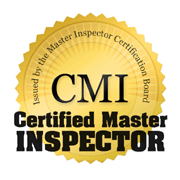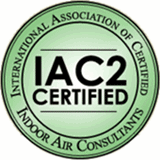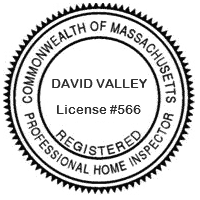Massachusetts Home Inspections YOUR INVESTMENT IS MY CONCERN

Indoor Air Quality

Massachusetts Indoor air quality is a crucial aspect of health and well-being, as individuals often spend a significant amount of time indoors. Air quality significantly increased in recent years due to various factors. Key contributors to indoor air quality issues include the construction of tightly sealed buildings, reduced ventilation rates to conserve energy, the widespread use of synthetic building materials and furnishings, and the increased use of chemical products such as pesticides, cleaning supplies, and personal care items.
COMMON INDOOR AIR POLLUTANTS
• Particulate Matter: Tiny particles such as dust, pollen, pet dander, and smoke can circulate in the air. High levels may cause respiratory irritation and aggravate conditions like asthma.
• Volatile Organic Compounds (VOCs): These are chemicals emitted from paints, cleaning products, building materials, and furnishings. Long-term exposure can lead to headaches, dizziness, or more serious health issues.
• Radon: A naturally occurring radioactive gas that can seep into homes from the soil. Prolonged exposure to high levels of radon increases the risk of lung cancer.
• Carbon Monoxide (CO): Produced by combustion appliances (e.g., gas stoves, furnaces), carbon monoxide is odorless and can be dangerous in high concentrations.
• Biological Contaminants: Mold, bacteria, and allergens from pets or pests can impact indoor air quality, especially in damp or poorly ventilated areas.
SOURCES AND CONTRIBUTING FACTORS
• Building Materials and Furnishings: Many modern materials release low levels of VOCs over time. Older homes may have lead-based paint or asbestos.
• Household Activities: Cooking, cleaning, and hobbies like painting or using solvents can introduce pollutants into the air.
• Ventilation: Proper airflow is critical to dilute and remove indoor pollutants. Poor ventilation can lead to the buildup of contaminants.
• Humidity Levels: Both too high and too low humidity can affect air quality. Excess moisture can promote mold growth, while very dry air may cause respiratory discomfort.
HEALTH IMPACTS
Poor indoor air quality can cause short-term symptoms such as headaches, fatigue, and irritation of the eyes, nose, and throat. In the long term, exposure to certain pollutants has been linked to chronic respiratory diseases, cardiovascular issues, and an increased risk of lung cancer (especially in the case of radon).
IMPROVING INDOOR AIR QUALITY
• Increase Ventilation: Use exhaust fans, open windows, or install mechanical ventilation systems to introduce fresh air and remove contaminants.
• Use Air Purifiers: HEPA filters and activated carbon filters can help remove particulates and VOCs from the air.
• Regular Cleaning: Frequent dusting, vacuuming, and maintenance of HVAC systems help reduce the accumulation of pollutants.
• Control Humidity: Aim for a relative humidity between 30% and 50% to inhibit mold growth and maintain comfort.
• Choose Low-VOC Products: When renovating or furnishing your home, opt for products with low VOC emissions.
• Monitor for Radon: Testing your home for radon is essential, especially in regions known for high radon levels.
MASSACHUSETTS INDOOR AIR QUALITY REPORTS - Listed by cities
Here is what my clients have to say about my home inspection services:
Press F5 (on your keyboard) for additional testimonials














